Art Therapy
Creative arts therapy is an experiential psychotherapeutic approach utilising arts modalities within a relationship with a trained therapist, attending to emotional, cognitive, physical and spiritual well-being.
What is Art Therapy?
Art therapy is an experiential psychotherapeutic approach utilising arts modalities within a relationship with a trained therapist, attending to emotional, cognitive, physical, and spiritual well-being. As defined by ANZACATA (2019), art therapy is a creative and holistic practice that harnesses the power of the arts to facilitate healing and personal growth.
The Role of the Creative Arts
The creative arts play a vital role in human experience, serving as a means to express events, stories, and personal history through various artistic practices such as music, dance, theatre, and emerging multimedia experiences. From an early age, we all possess the innate ability to create and make marks on paper or in the dirt. Art therapy taps into these primal urges, allowing individuals to access their early emotional, cognitive, physical, psychological, and spiritual expressions. This approach aligns well with indigenous models of health and well-being and can be effectively implemented within a group context.
The Purpose of Art Therapy
Art therapy serves a range of purposes in different settings. It can be used as a tool to elicit visual, physical, and emotional artefacts from memory. These can include traumatic experiences or joyful childhood memories. Art therapy has the potential to bring these experiences to the surface. With the help of a trained art therapist, individuals can regulate their exposure to these events, providing a safe way of looking back without retraumatising the individual.
The Therapeutic Language of Art
One of the unique aspects of art therapy is its ability to utilise non-verbal language and other communication modalities. It helps the participant create a visual vocabulary using signs, symbols, gestures, and mark-making. Art therapy facilitates cognitive and emotional self-regulation, providing an opportunity to explore the subconscious and unconscious mind. Art therapy has the ability to reframe overwhelming and traumatising life experiences without the need for verbal expression; sometimes the image is enough.
Skills and Strength-Based Approach
Art therapy also offers a Skills and Strength-Based Therapeutic Approach. Making art objects increases cognitive function, utilises fine motor skills, helps organise thoughts, transforms ideas into realities, and builds self-esteem and creativity.
Engaging in art-making has the potential to connect individuals with a broader community outside of their immediate environment. This includes participation in art-related activities such as art workshops, art exhibitions, festivals, and more.
The great news is, you don't have to be an artist or be creative to experience and enjoy art therapy! To find out more about how art can enhance your life, contact us today!


